Are you tired of your cramped and closed-off kitchen? Removing a kitchen wall can be the perfect solution to create a more open and spacious layout. Whether you want to create an open concept, add a kitchen island, or simply modernize your space, removing a wall can make a big impact. In this article, we will guide you through the process of removing a kitchen wall step-by-step.How to Remove a Kitchen Wall
The first step in removing a kitchen wall is to determine if it is load-bearing or not. This is crucial as removing a load-bearing wall without proper support can lead to serious structural damage. If you are unsure, it is best to consult a structural engineer or contractor. Once you have determined that the wall is not load-bearing, you can begin the removal process. This involves shutting off any electrical, plumbing, or gas lines that may run through the wall. It is important to hire a professional for this step to ensure that it is done safely and to code. Next, you will need to remove any drywall or other finishes on the wall. Use a hammer and pry bar to carefully remove the drywall in sections. Be sure to wear protective gear, such as a dust mask, to avoid inhaling any debris. After the drywall is removed, you will be left with the studs and possibly some electrical wiring or plumbing pipes. Carefully remove any remaining materials and dispose of them properly. Now it is time to remove the studs. This may require the use of a reciprocating saw or other power tools. Be sure to take your time and work carefully to avoid damaging any nearby walls or flooring. Once the wall is fully removed, you may need to patch up any holes or gaps in the ceiling or flooring. You can hire a professional for this step or attempt it as a DIY project. Lastly, you can add any finishing touches to the newly opened space, such as paint or new flooring. Your kitchen will now have a fresh and open feel to it!Removing a Kitchen Wall: Step-by-Step Guide
Removing a kitchen wall can be a DIY project if you have some experience with home renovations and the right tools. It is important to have a clear plan and follow safety precautions, such as wearing protective gear and shutting off any utilities. If you are not confident in your ability to safely remove a wall, it is best to hire a professional contractor. They have the necessary experience and knowledge to ensure the job is done correctly and to code.DIY Kitchen Remodel: Removing a Wall
Removing a load-bearing wall in your kitchen requires additional considerations and precautions. As mentioned before, it is important to consult a structural engineer or contractor before attempting to remove a load-bearing wall on your own. In most cases, a load-bearing wall can be removed, but it will require proper support to avoid any structural damage. This can include installing a beam or additional support columns. It is best to leave this task to a professional to ensure it is done correctly.Removing a Load-Bearing Wall in Your Kitchen
Before removing a wall in your kitchen, there are a few important things to keep in mind:Kitchen Wall Removal: What You Need to Know
If the wall you want to remove is not load-bearing, the process is similar to removing a load-bearing wall. However, you will not need to worry about adding additional support. This makes the project easier and more straightforward. Keep in mind that even though the wall is not load-bearing, it may still have electrical or plumbing lines running through it. Be sure to shut off any utilities and hire a professional to handle these tasks.Removing a Non-Load Bearing Wall in Your Kitchen
One of the main reasons for removing a kitchen wall is to create an open concept layout. This can make your space feel larger and more inviting. However, it is important to consider the layout and functionality of your kitchen before removing a wall. Consult with a professional to determine the best way to remove a wall to achieve your desired open concept while maintaining proper flow and functionality in your kitchen.Kitchen Renovation: Removing a Wall for an Open Concept
Another popular reason for removing a kitchen wall is to create a kitchen island. This can add valuable counter and storage space, as well as a focal point in your kitchen. Before removing a wall to install a kitchen island, you will need to consider the size and layout of your kitchen. It is important to leave enough space around the island for proper traffic flow and functionality.Removing a Wall to Create a Kitchen Island
If you are unsure if a wall in your kitchen is load-bearing, it is best to consult a professional. However, there are a few ways to determine this on your own:How to Determine if a Wall is Load Bearing Before Removing
The cost of removing a kitchen wall will vary depending on the size of the wall, if it is load-bearing or not, and any additional support or renovations that may be needed. It is important to consider these factors and consult with a professional to get an accurate estimate. Keep in mind that the cost of removing a wall may be offset by the added value and functionality it brings to your kitchen. Consider it an investment in your home. In conclusion, removing a kitchen wall can be a great way to open up your space and create a more modern and functional kitchen. Whether you choose to tackle it as a DIY project or hire a professional, be sure to carefully plan and follow safety precautions to ensure a successful result. Happy remodeling!Kitchen Wall Removal Cost and Considerations
Benefits of Removing a Kitchen Wall
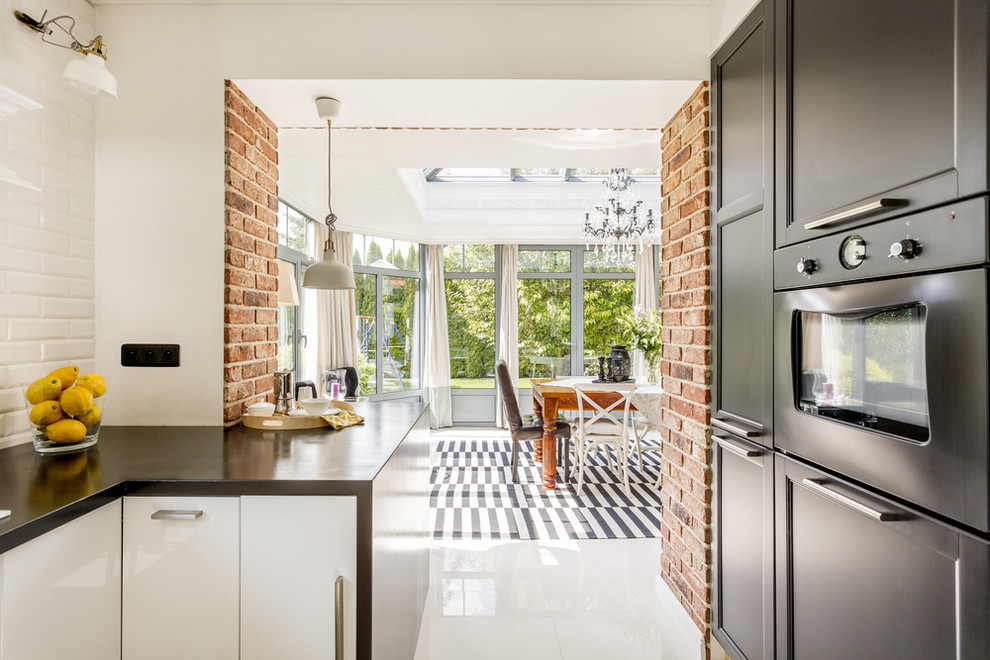
Enhances Open Floor Plan
 One of the main
benefits
of removing a
kitchen wall
is that it can greatly enhance the open floor plan of your home. By eliminating a physical barrier between the kitchen and the adjacent living or dining area, you create a more spacious and cohesive living space. This not only adds to the aesthetic appeal of your home but also makes it more functional and conducive to socializing and entertaining. With the kitchen being the heart of the home, removing a wall can also improve the flow and accessibility of this important space.
One of the main
benefits
of removing a
kitchen wall
is that it can greatly enhance the open floor plan of your home. By eliminating a physical barrier between the kitchen and the adjacent living or dining area, you create a more spacious and cohesive living space. This not only adds to the aesthetic appeal of your home but also makes it more functional and conducive to socializing and entertaining. With the kitchen being the heart of the home, removing a wall can also improve the flow and accessibility of this important space.
Increases Natural Light
 Another key advantage of removing a
kitchen wall
is that it can increase the amount of natural light in your home. With the wall gone, natural light from windows or skylights in the adjacent rooms can now flood into the kitchen, making it feel brighter and more inviting. This not only creates a more cheerful and welcoming atmosphere but also reduces the need for artificial lighting during the day, saving energy and lowering your electricity bill.
Another key advantage of removing a
kitchen wall
is that it can increase the amount of natural light in your home. With the wall gone, natural light from windows or skylights in the adjacent rooms can now flood into the kitchen, making it feel brighter and more inviting. This not only creates a more cheerful and welcoming atmosphere but also reduces the need for artificial lighting during the day, saving energy and lowering your electricity bill.
Allows for Customization
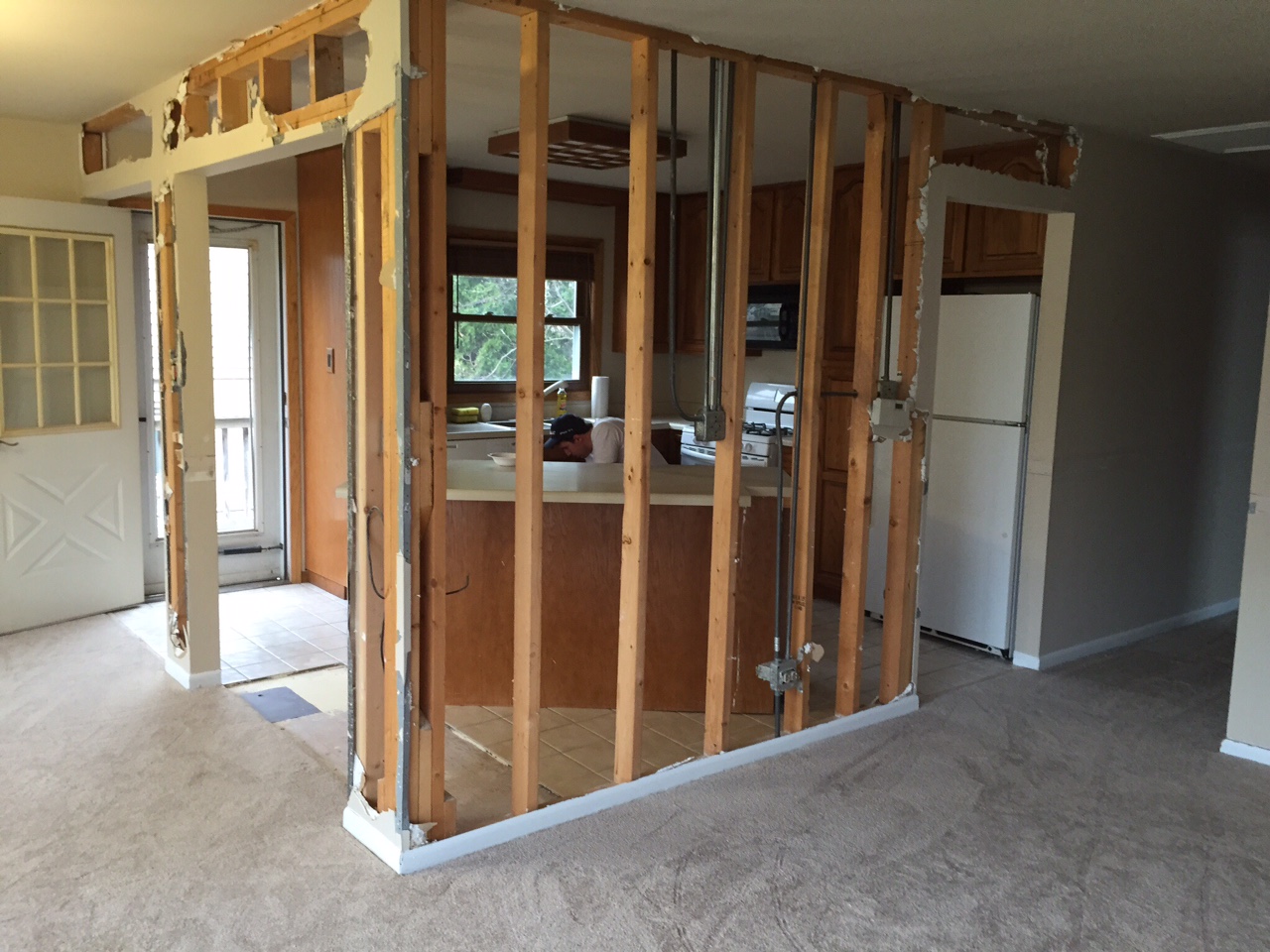 Removing a
kitchen wall
also opens up a world of possibilities for customization and personalization. With the barrier gone, you can now rearrange your kitchen layout, add an island, or even install a breakfast bar. This not only allows you to design a kitchen that suits your specific needs and preferences but also adds value to your home. Additionally, with the wall gone, you can also incorporate more storage options, such as open shelving or additional cabinetry, to maximize the use of your space.
Removing a
kitchen wall
also opens up a world of possibilities for customization and personalization. With the barrier gone, you can now rearrange your kitchen layout, add an island, or even install a breakfast bar. This not only allows you to design a kitchen that suits your specific needs and preferences but also adds value to your home. Additionally, with the wall gone, you can also incorporate more storage options, such as open shelving or additional cabinetry, to maximize the use of your space.
Increases Resale Value
 Finally, removing a
kitchen wall
can increase the resale value of your home. Open floor plans are highly sought after by homebuyers, and by creating one in your home, you can make it more appealing and valuable on the market. Additionally, the added natural light and customization options can also make your home more attractive to potential buyers. So, not only do you get to enjoy the benefits of a removed kitchen wall while living in your home, but you also reap the rewards when it comes time to sell.
In conclusion, removing a
kitchen wall
can have numerous benefits for your home, from enhancing the open floor plan and increasing natural light to allowing for customization and boosting resale value. If you're considering a home renovation, this is definitely a project worth considering for both functional and aesthetic purposes. So, consult with a professional and get ready to enjoy the advantages of an open and airy kitchen space.
Finally, removing a
kitchen wall
can increase the resale value of your home. Open floor plans are highly sought after by homebuyers, and by creating one in your home, you can make it more appealing and valuable on the market. Additionally, the added natural light and customization options can also make your home more attractive to potential buyers. So, not only do you get to enjoy the benefits of a removed kitchen wall while living in your home, but you also reap the rewards when it comes time to sell.
In conclusion, removing a
kitchen wall
can have numerous benefits for your home, from enhancing the open floor plan and increasing natural light to allowing for customization and boosting resale value. If you're considering a home renovation, this is definitely a project worth considering for both functional and aesthetic purposes. So, consult with a professional and get ready to enjoy the advantages of an open and airy kitchen space.
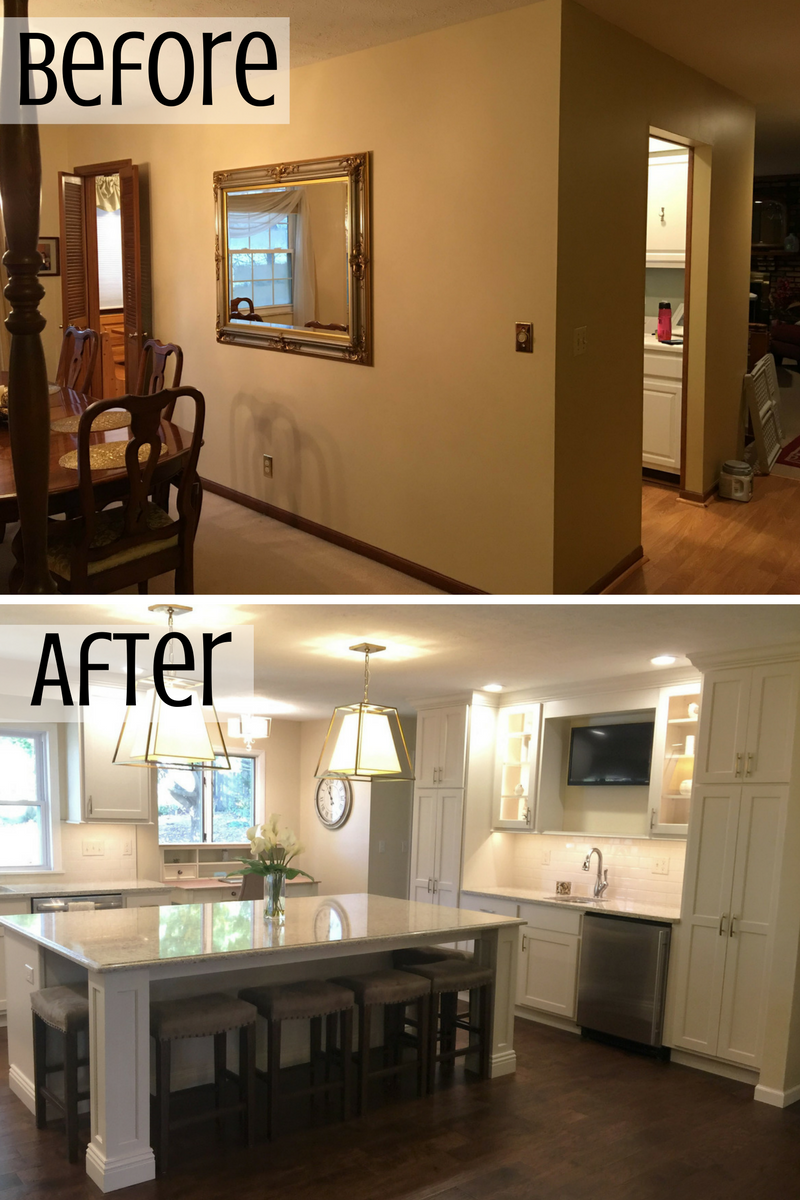




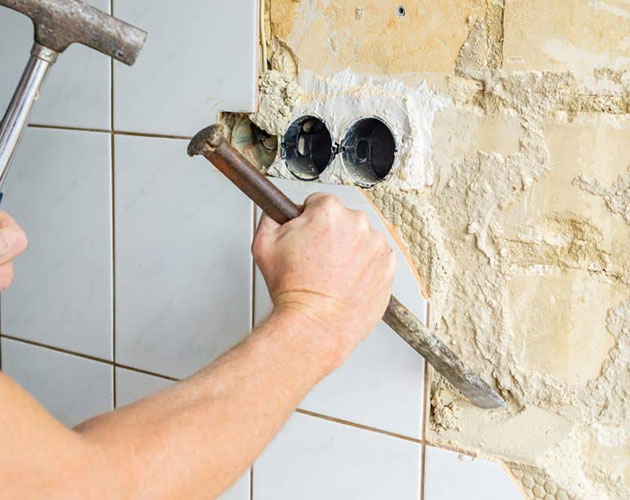


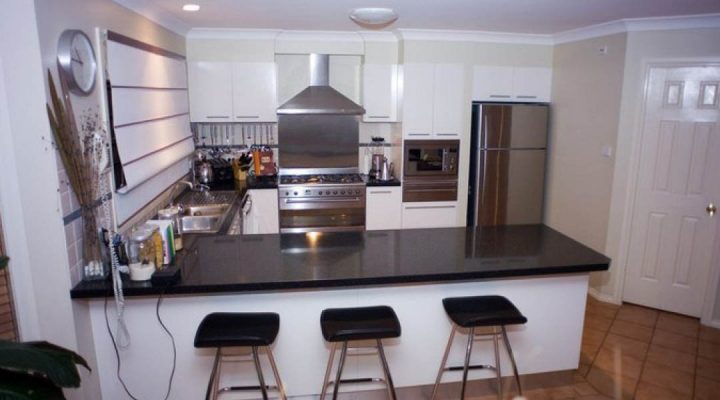

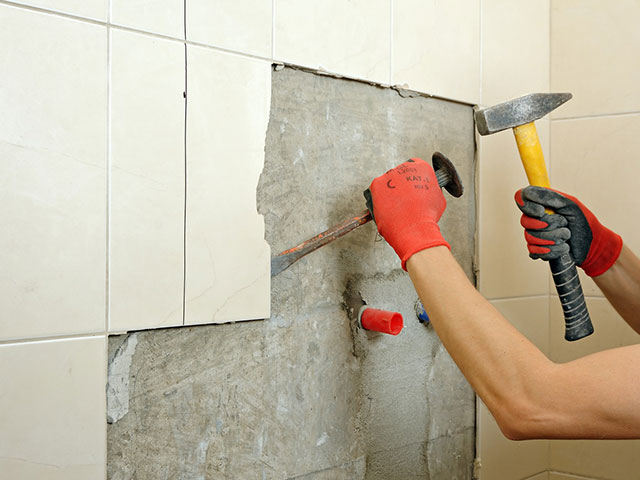
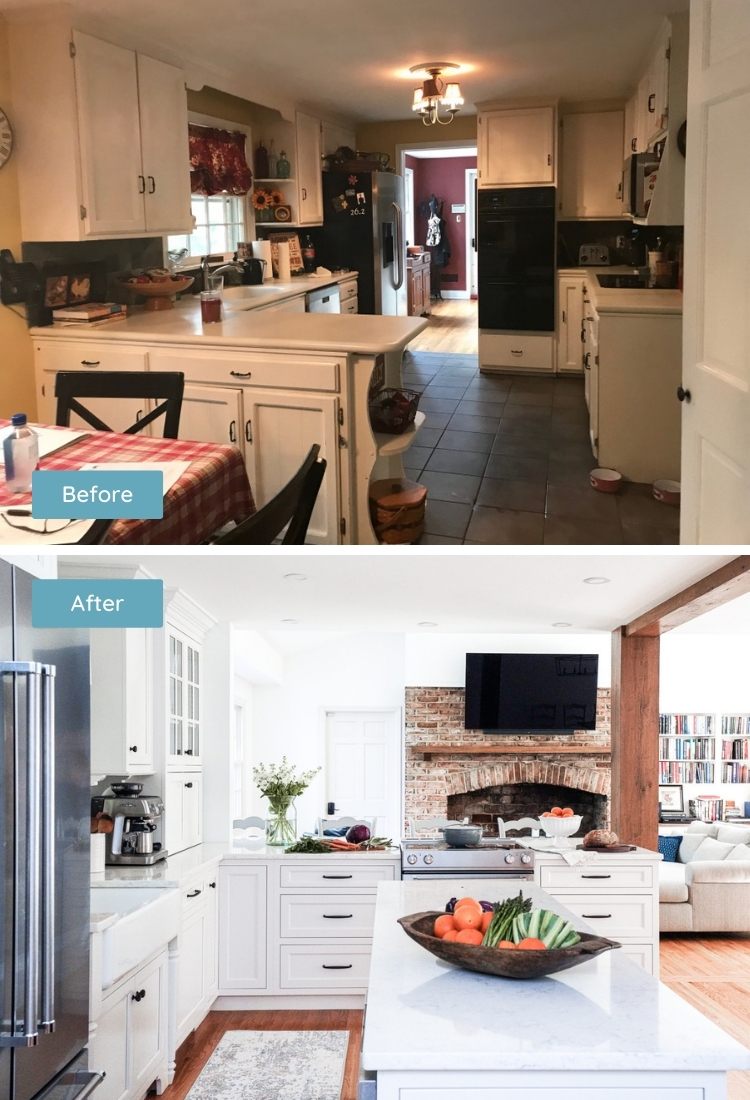









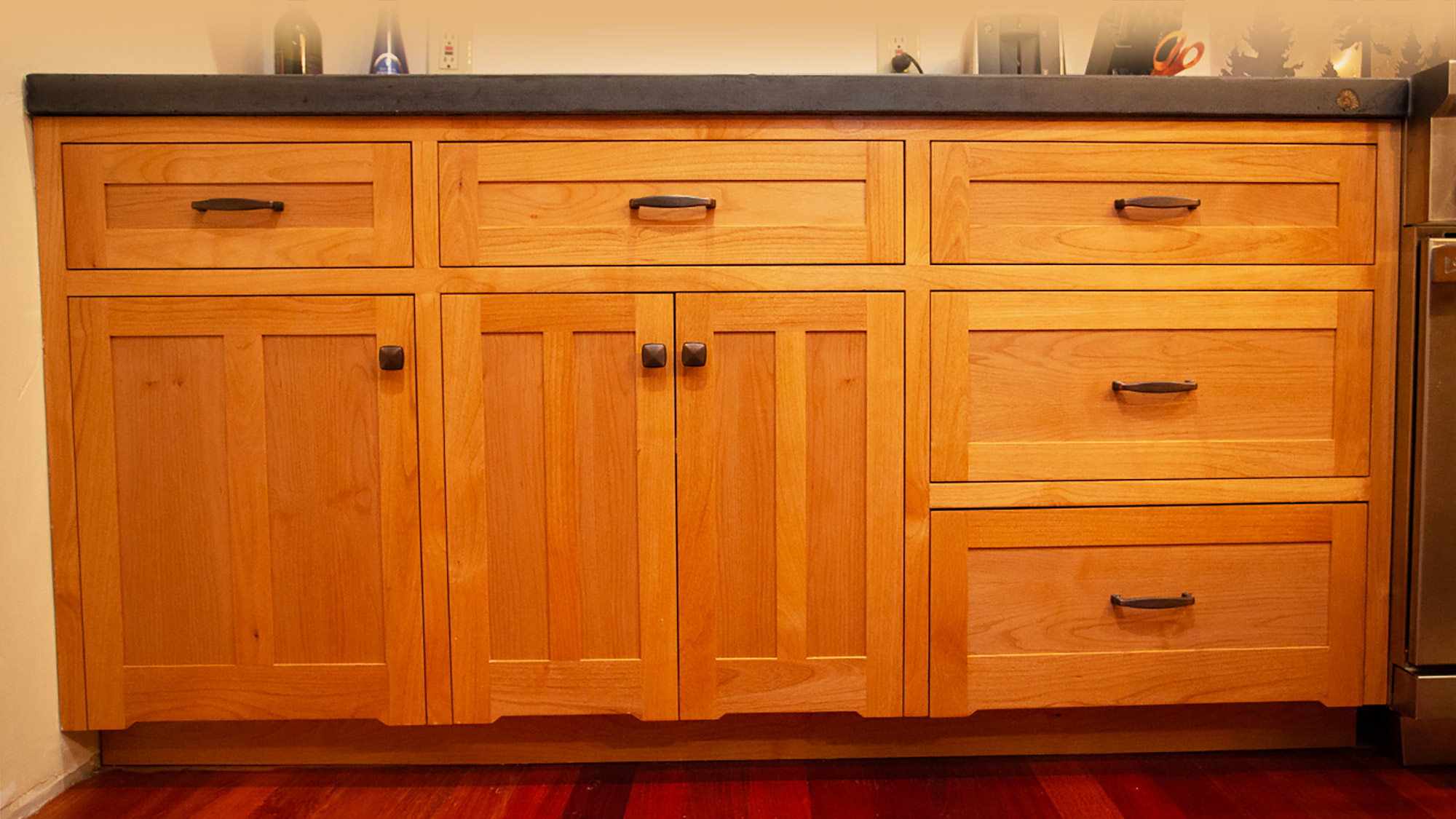
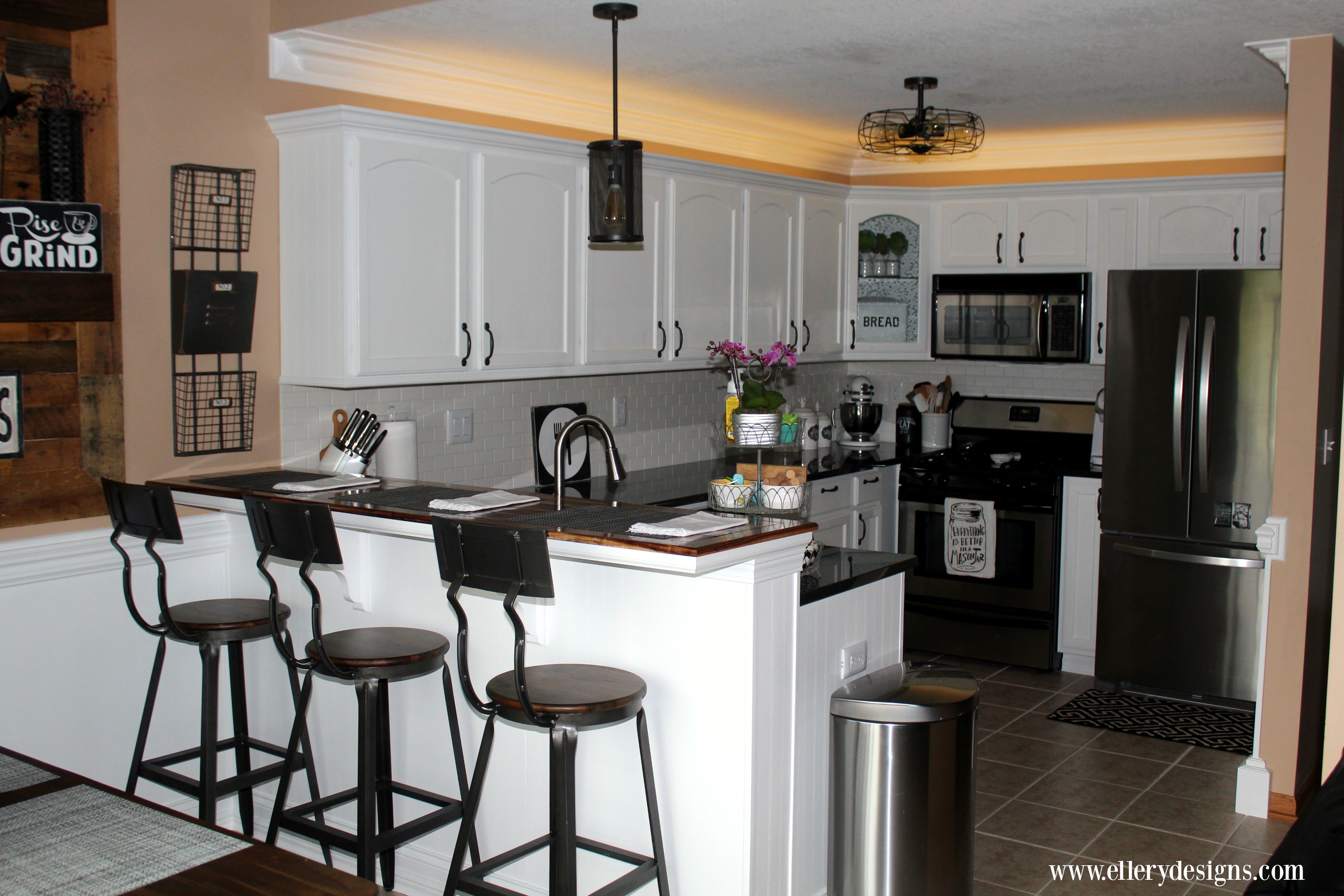
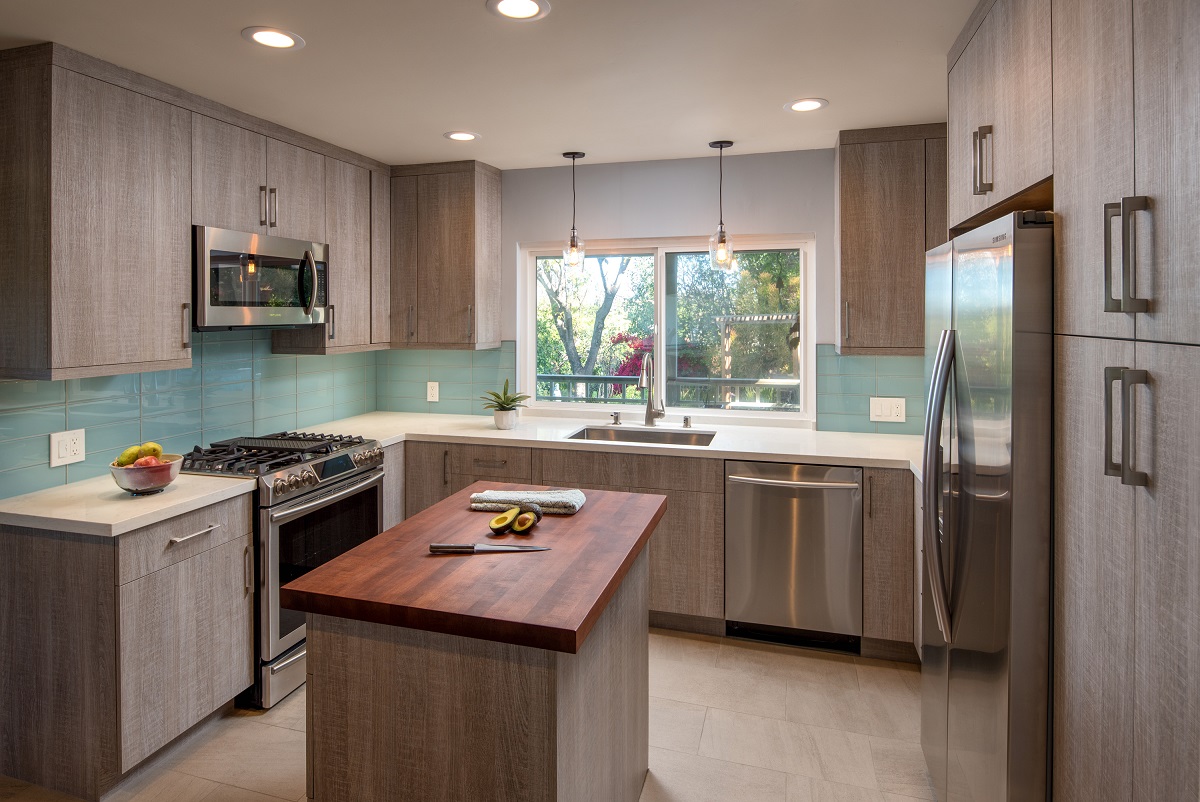
-Kitchen-Remodel-on-a-Budget.jpg)




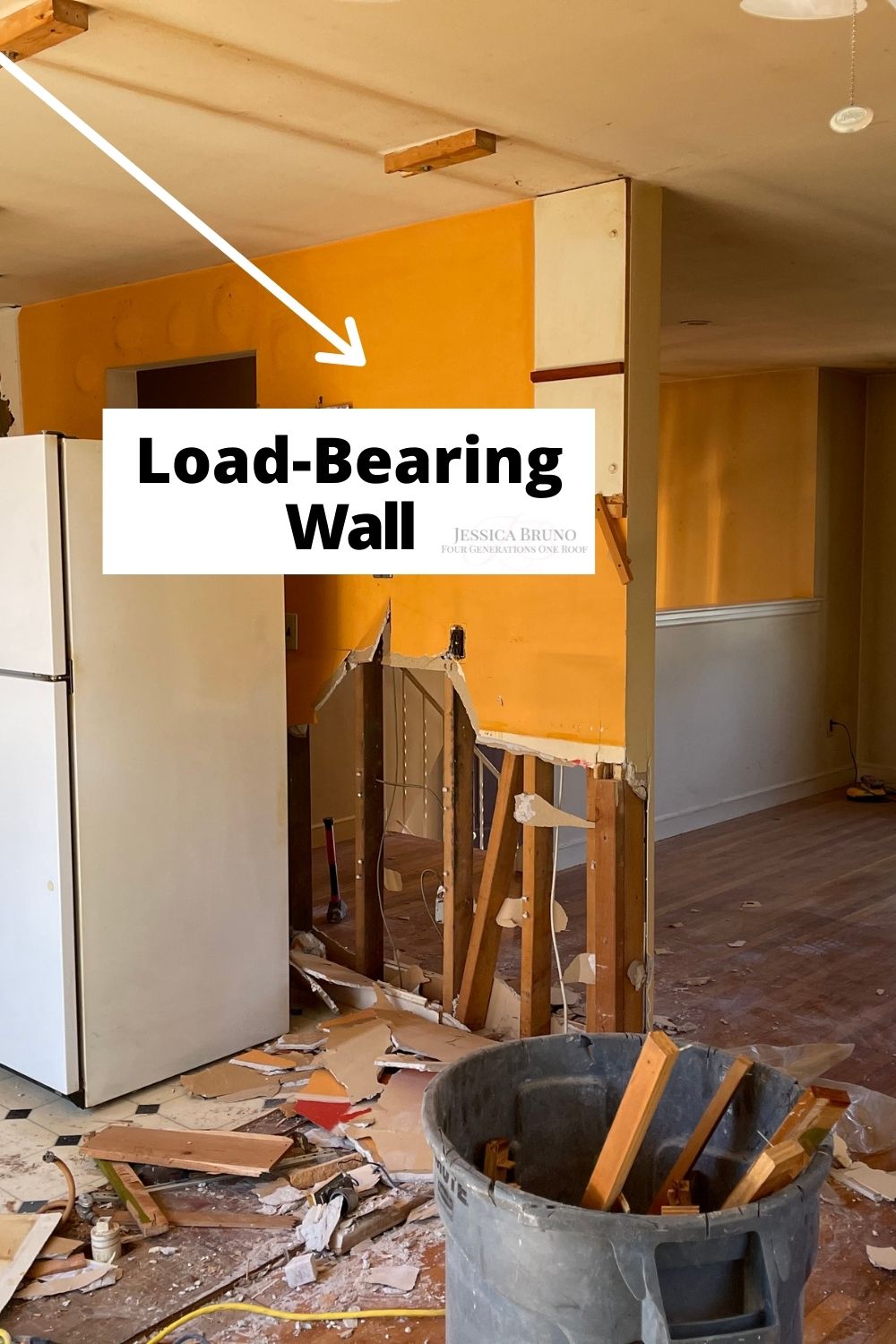



:max_bytes(150000):strip_icc()/removing-a-load-bearing-wall-1821964-02-46ac76bac5ce42789c6cae5c8bf68926.jpg)

:max_bytes(150000):strip_icc()/removing-a-load-bearing-wall-1821964-hero-5aa39356ae414ab985ba06f62e1d328b.jpg)
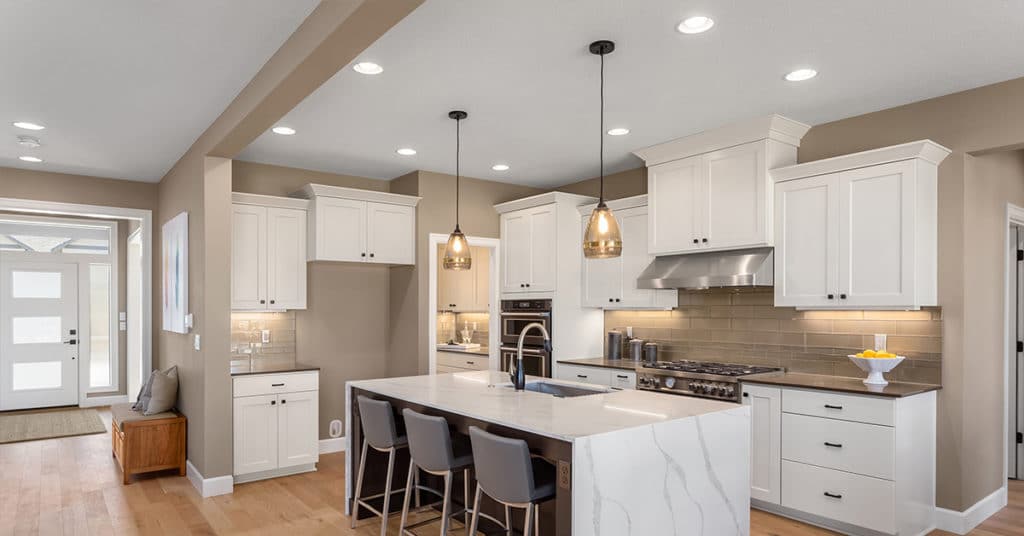

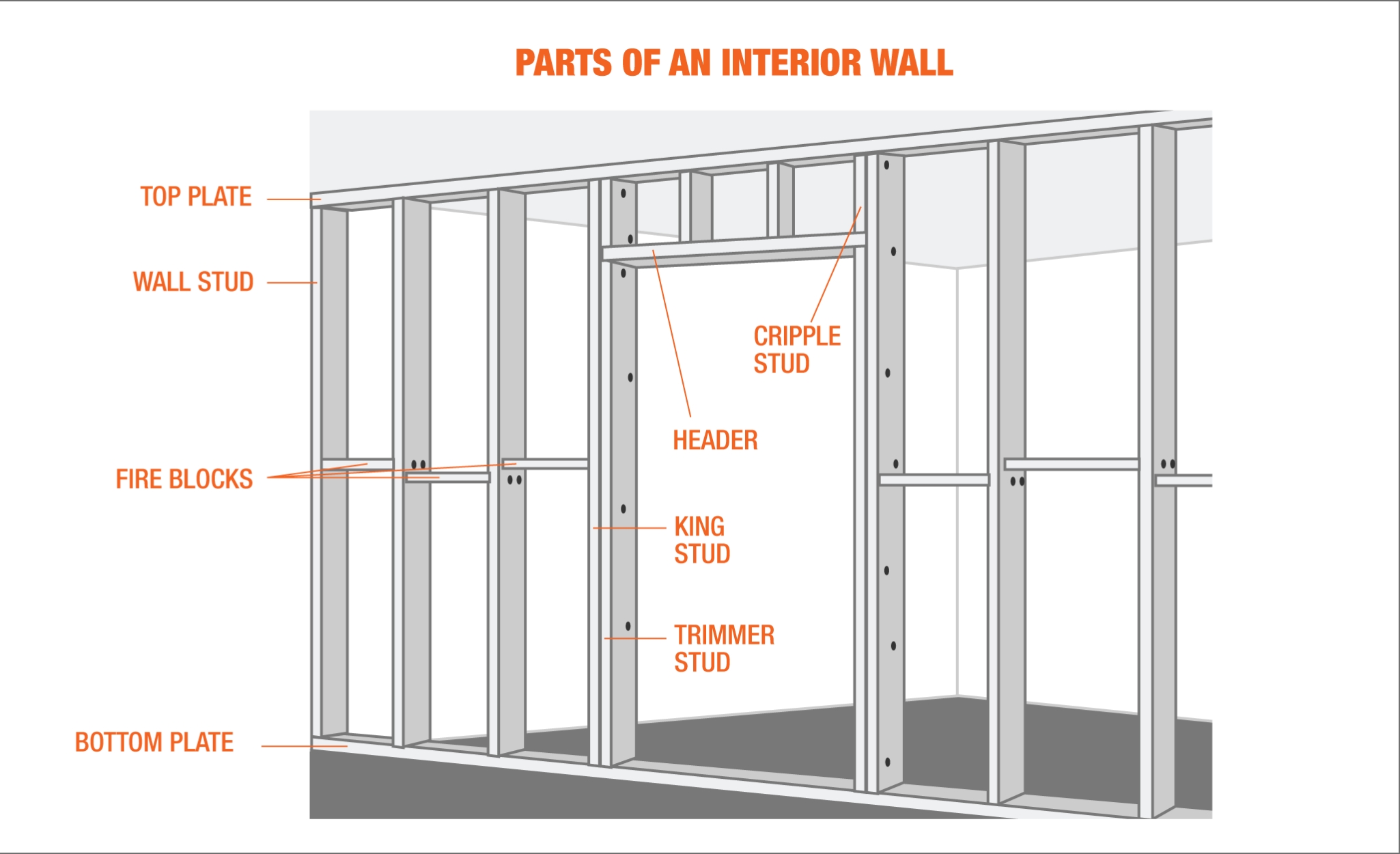


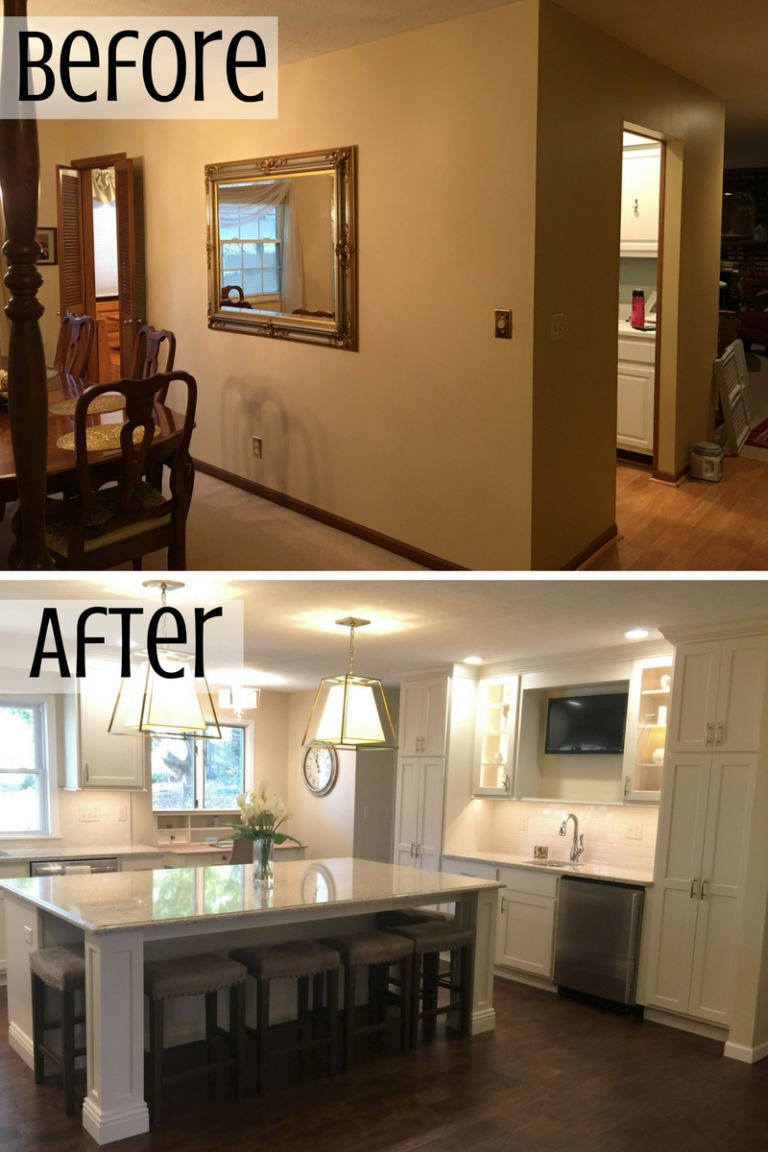
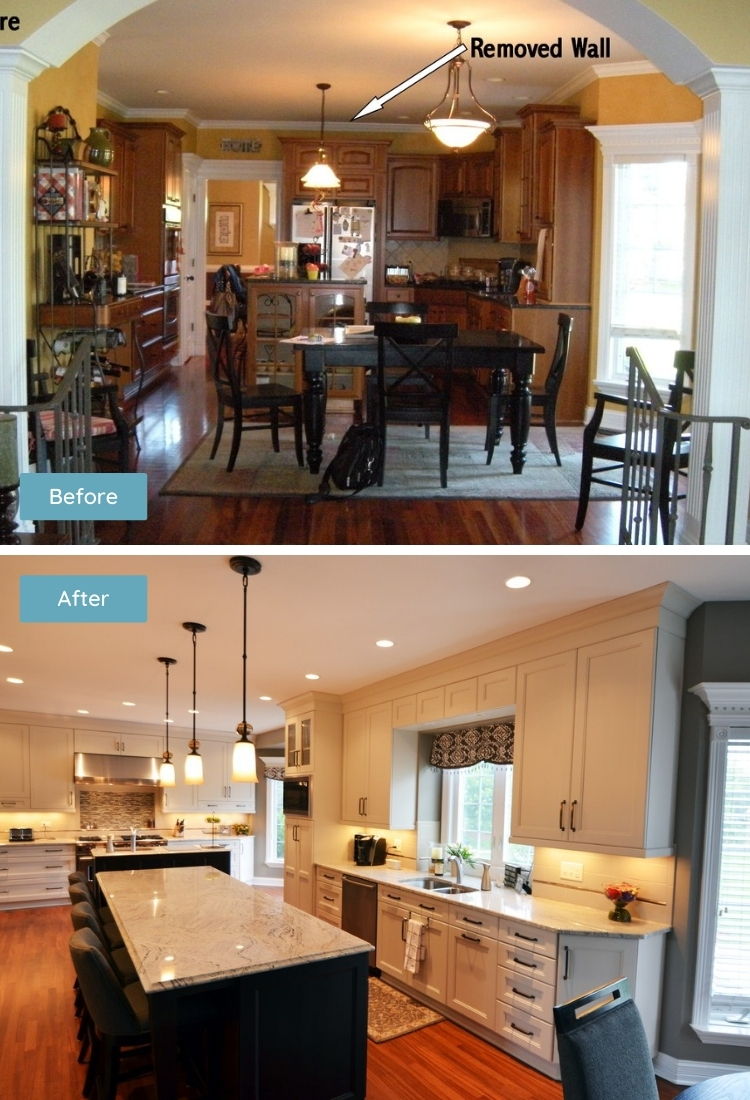


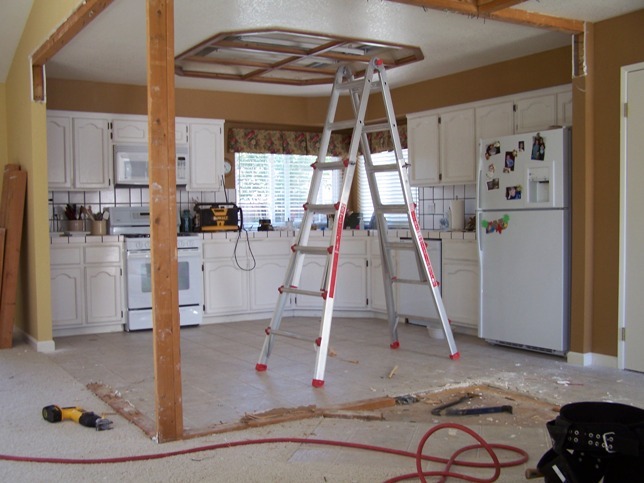






:max_bytes(150000):strip_icc()/removing-a-load-bearing-wall-1821964-02-46ac76bac5ce42789c6cae5c8bf68926.jpg)
/construction-worker-using-a-sledgehammer-to-remove-wall-stud-184659155-d403b594b9094b80b0bcd3576a8c88ac.jpg)
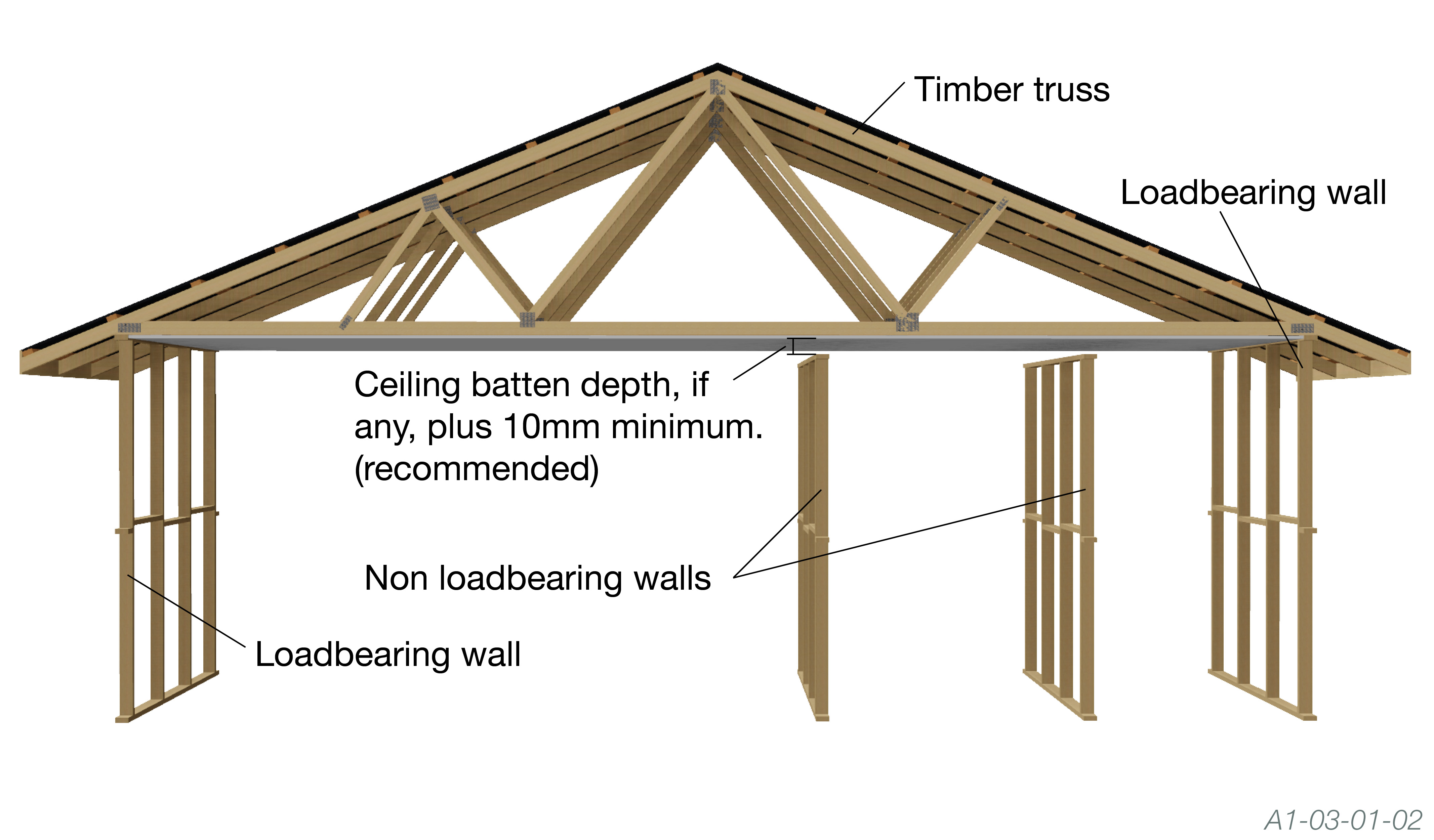

/removing-a-load-bearing-wall-1821964-hero-5aa39356ae414ab985ba06f62e1d328b.jpg)




/light-blue-modern-kitchen-CWYoBOsD4ZBBskUnZQSE-l-97a7f42f4c16473a83cd8bc8a78b673a.jpg)



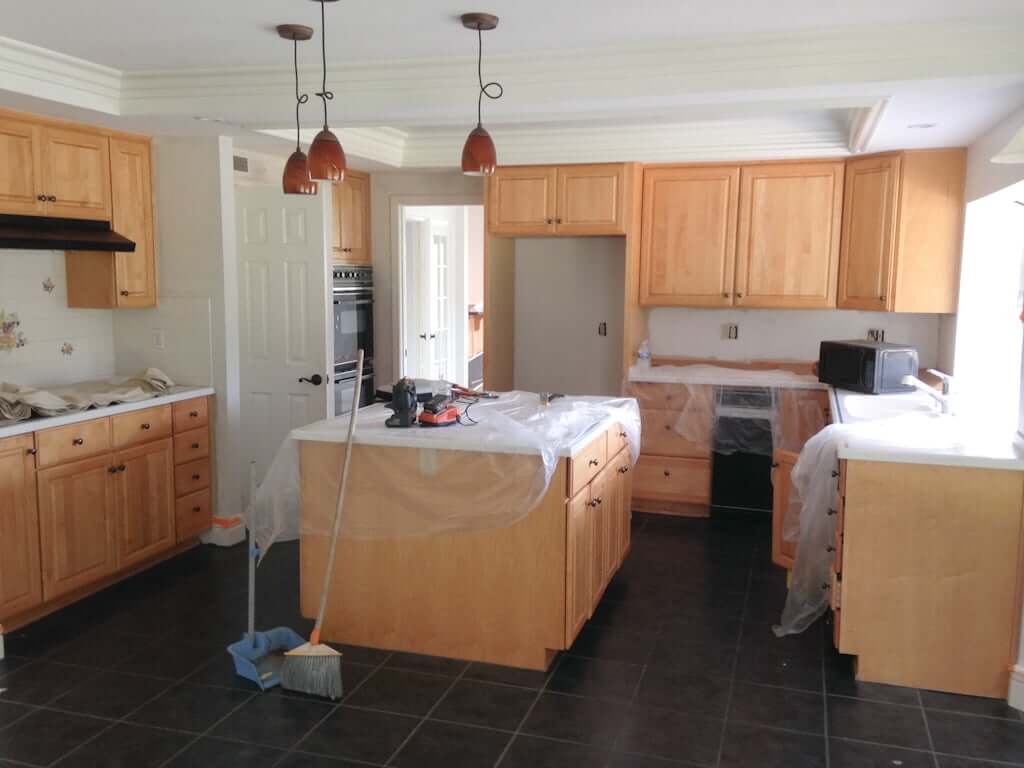
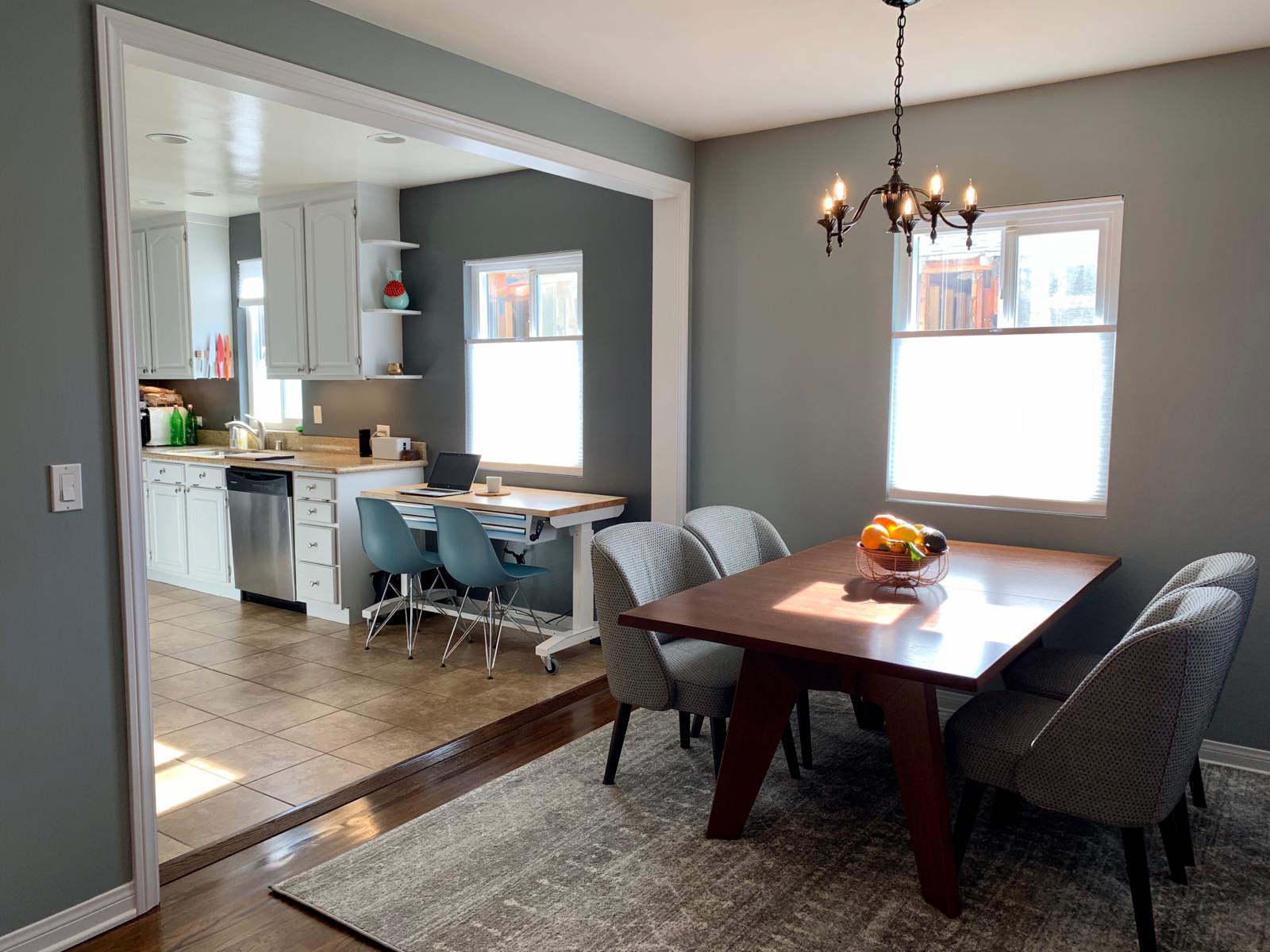

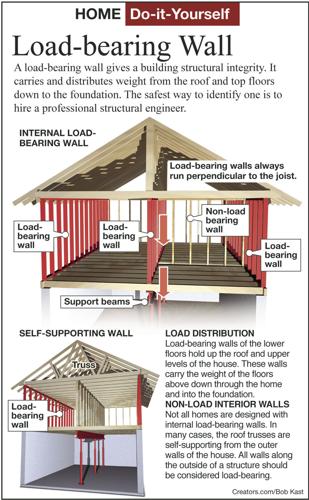


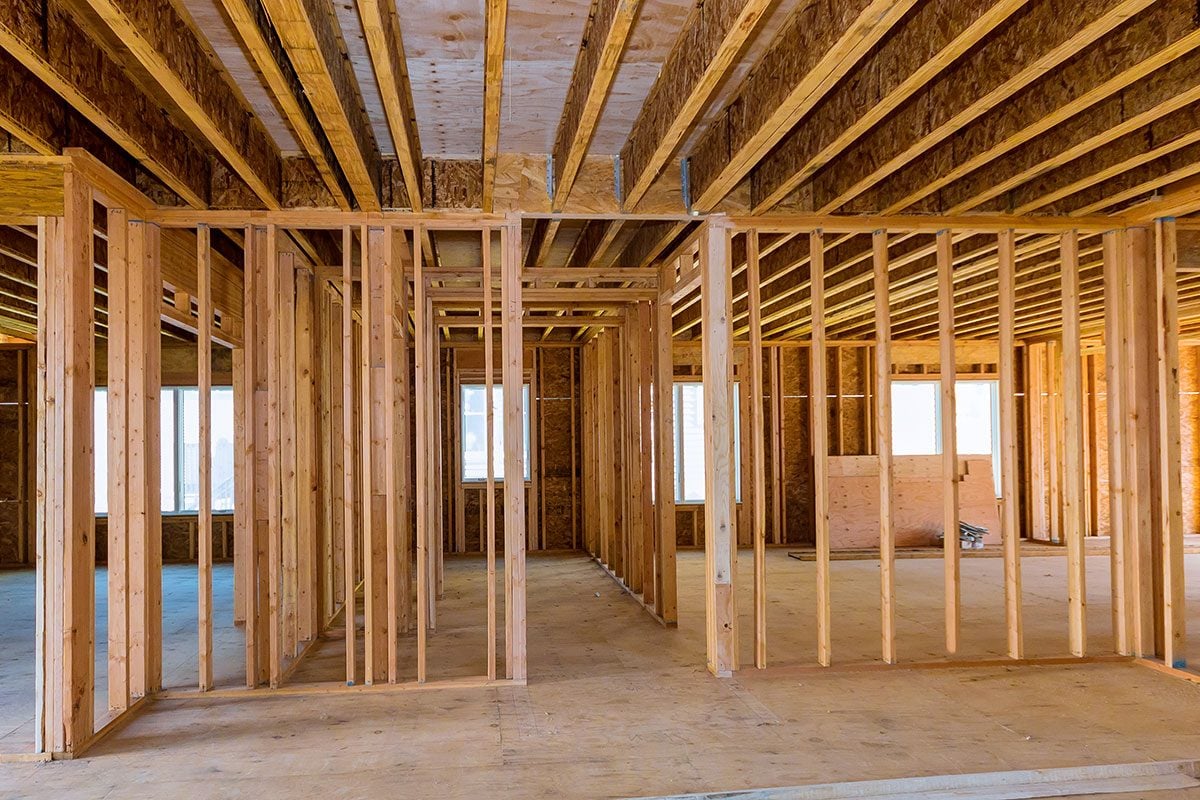
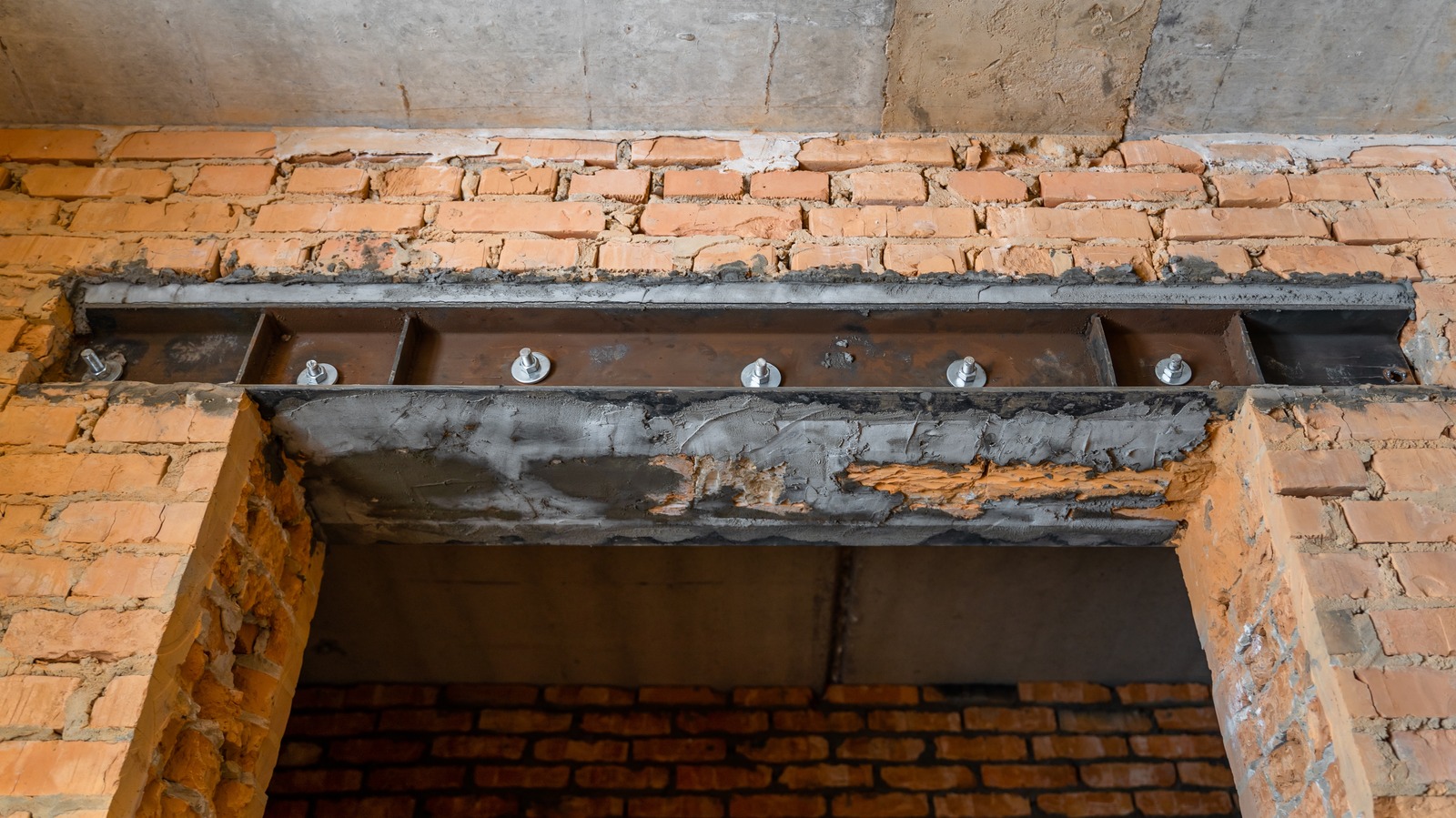
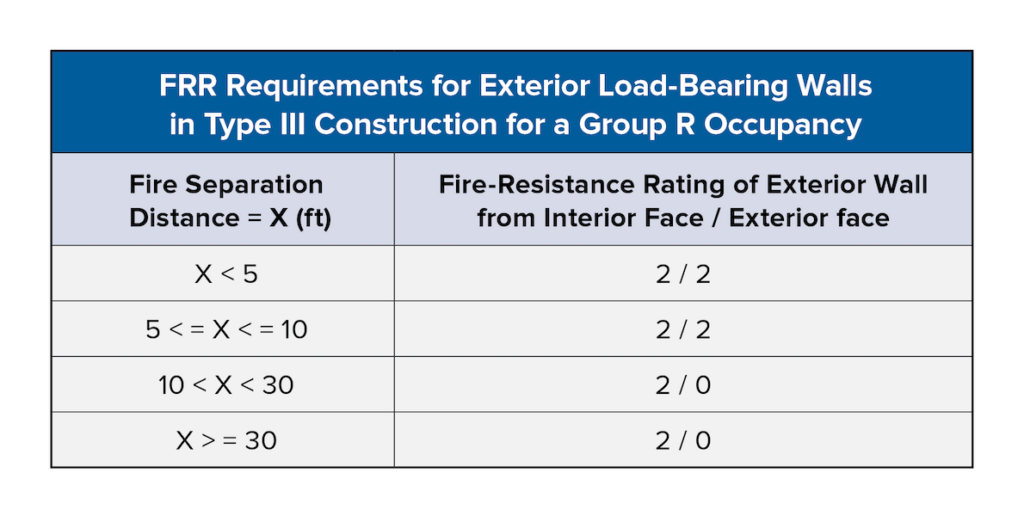
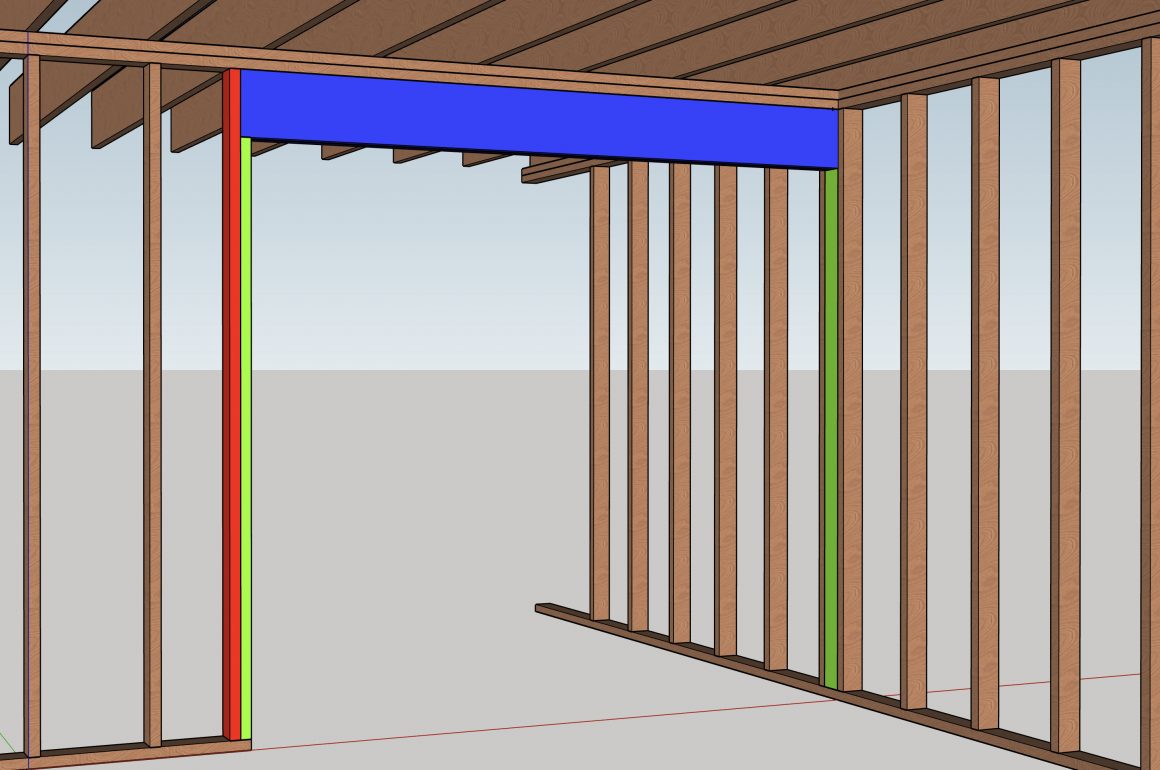
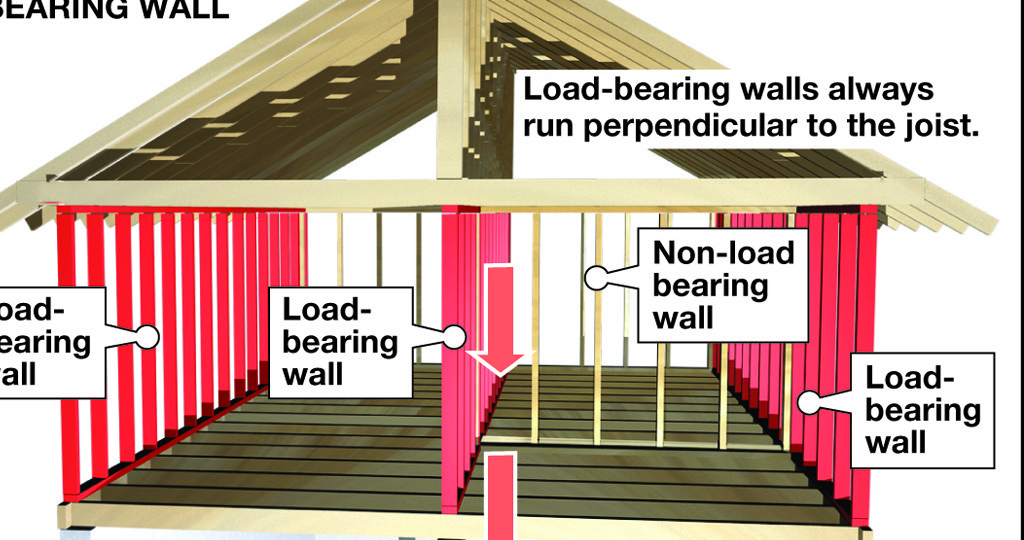
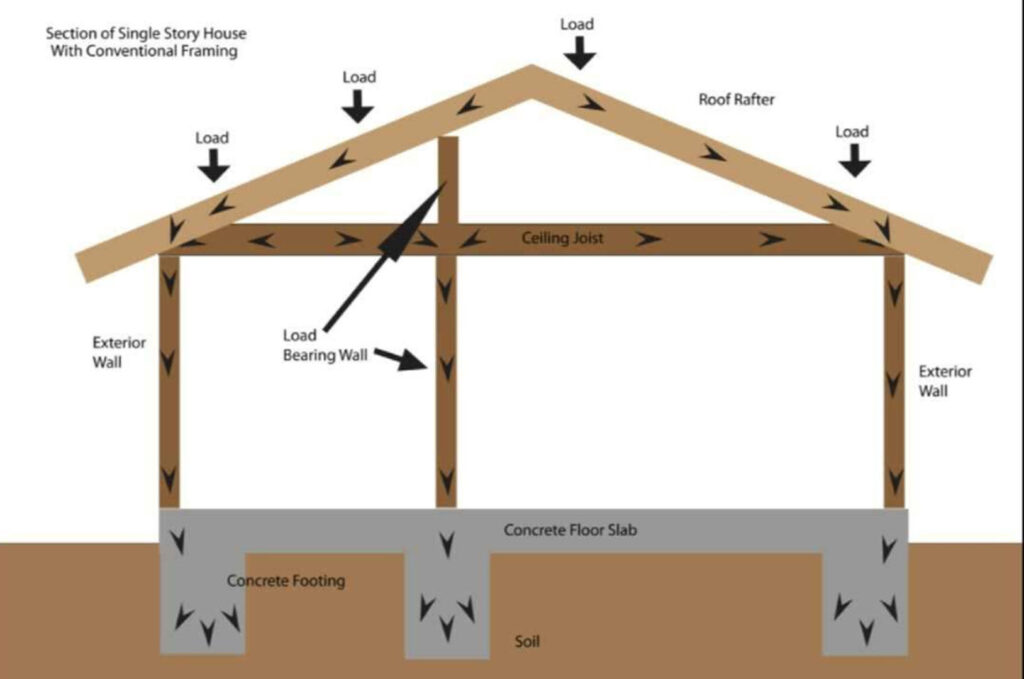


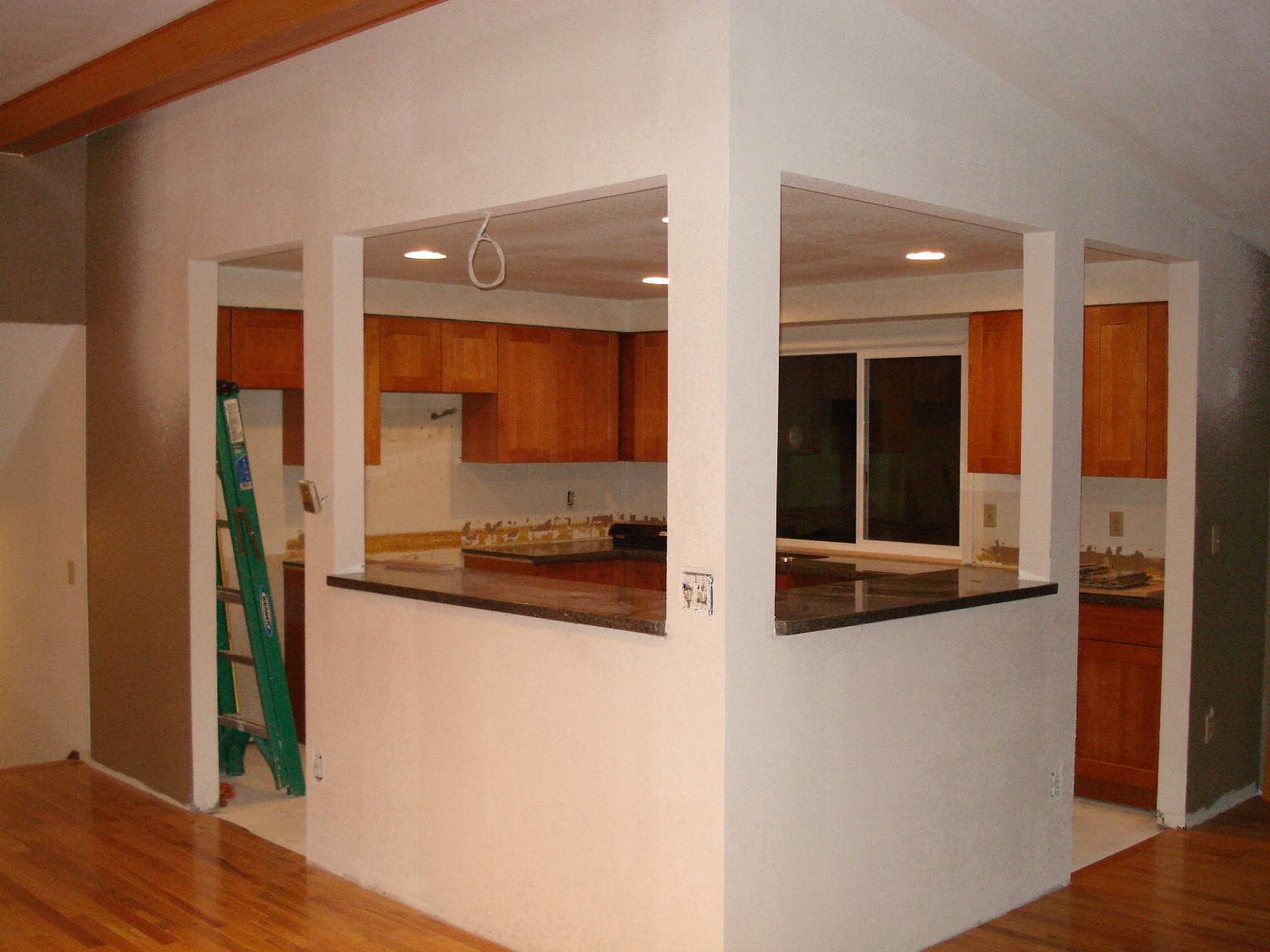

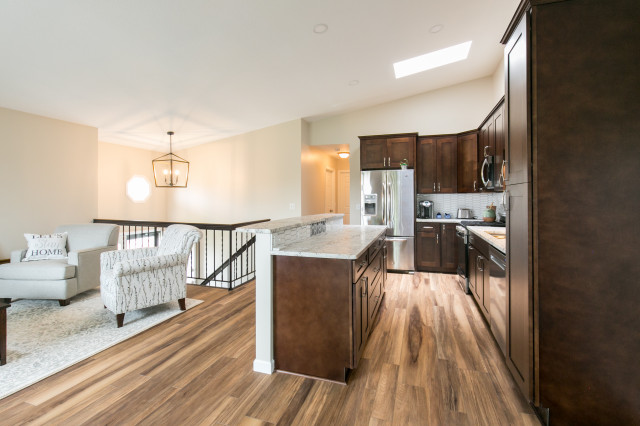





/Chandelier_0635-0b1c24a8045f4a2cbdf083d80ef0f658.jpg)
